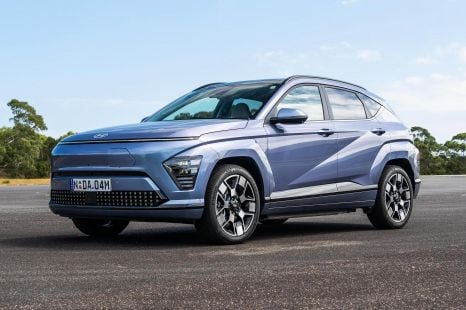

Scott Collie
1 Month Ago

News Editor
The upcoming Volkswagen Tiguan R won’t have a direct rival from Korea.
The Korean Car Blog reports there’ll be no Hyundai Tucson N, with the new 2021 Tucson range to instead be headlined by an N-Line variant per our previous reports.
The N-Line won’t be left wanting for power, though. It’ll use the same turbocharged 2.5-litre four-cylinder engine and eight-speed dual-clutch automatic transmission as the imminent Sonata N-Line.
In the mid-sized Sonata, the new Smartstream turbo four produces 213kW of power and 422Nm of torque. That’s not far off from the Tiguan R’s outputs, which are 235kW of power and 420Nm of torque, respectively.
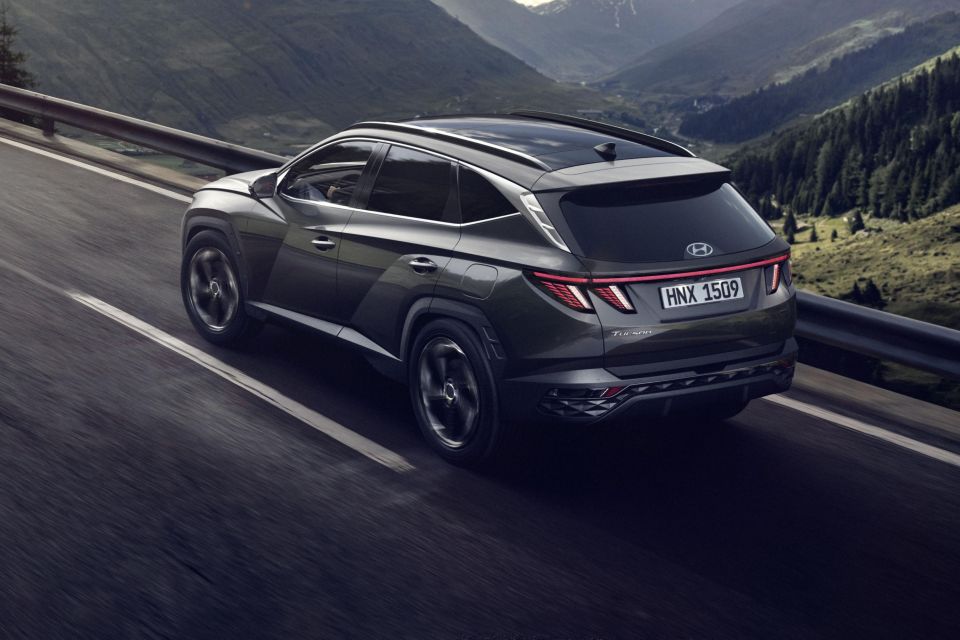
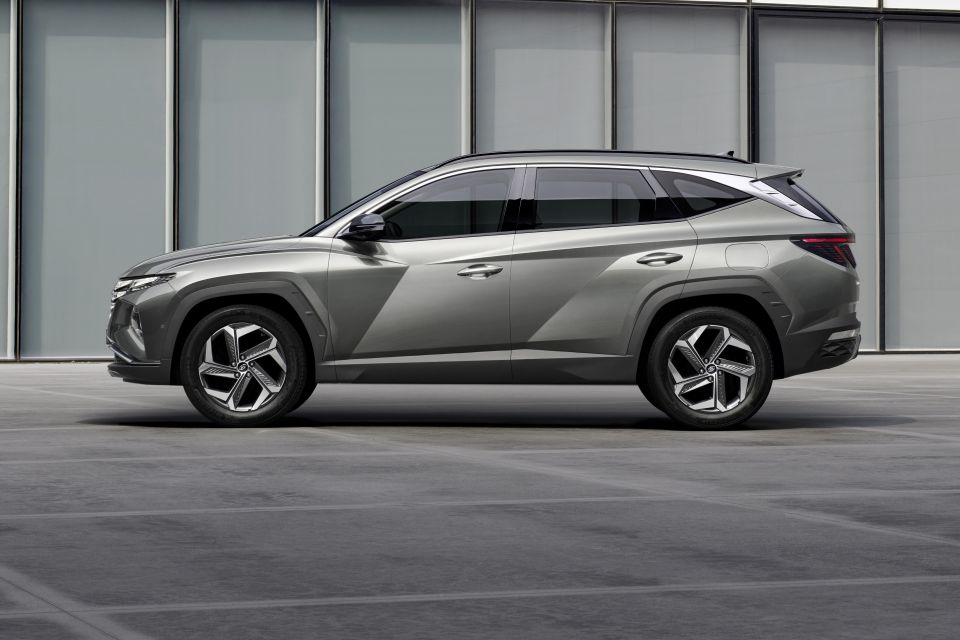
Should it come here, it’ll join carryover four-cylinder engines from the outgoing Tucson including a naturally-aspirated 2.0-litre and turbocharged 1.6-litre petrol engines and a 2.0-litre turbo-diesel. Hyundai has yet to confirm if the new hybrid and plug-in hybrid powertrains will arrive locally.
Expect the Tucson N-Line to follow N-Line tradition in featuring unique front and rear bumpers and other sporty changes, such as racier cabin trim.
The addition of the N-Line will add some much-needed zest into the mid-sized SUV segment, which has largely shied away from sporty variants. Automakers have often offered more powerful engines, however.
The current performance champs are the turbocharged 2.5-litre Mazda CX-5 (170kW/420Nm) and turbo 2.0-litre Volkswagen Tiguan 162TSI (162kW/350Nm). The performance bargain is the upcoming Ford Escape, which has a 183kW/387Nm turbo 2.0-litre even in its base model. It’ll also be offered in a sporty ST-Line trim.
The MG HS will add a turbo 2.0-litre early next year, producing 172kW of power and 370Nm of torque. It replaces a similarly powerful up-spec version of the MG GS, which has joined the punchy 2.0-litre Holden Equinox (188kW/353Nm) in the automotive graveyard.
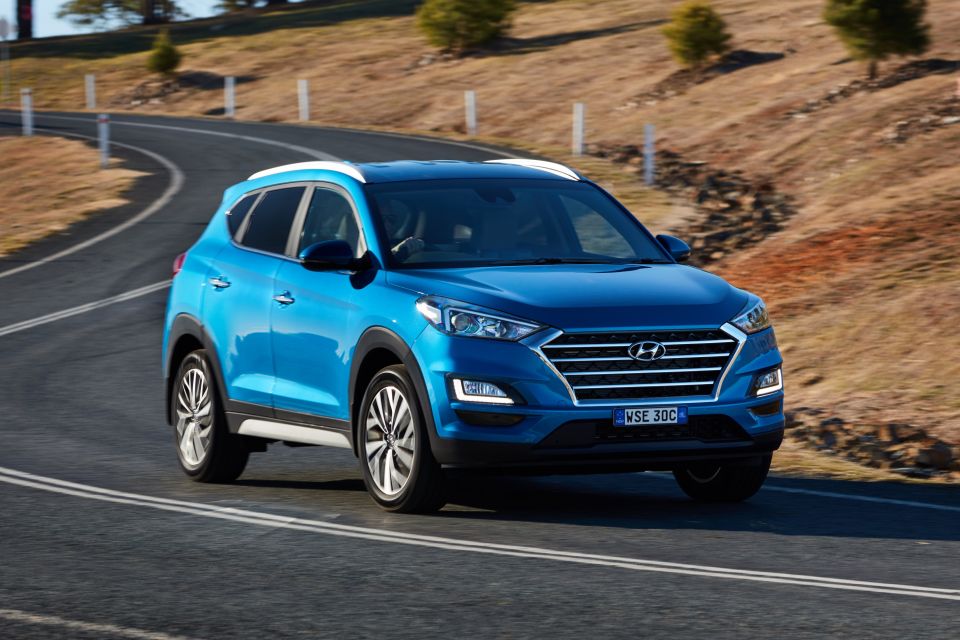
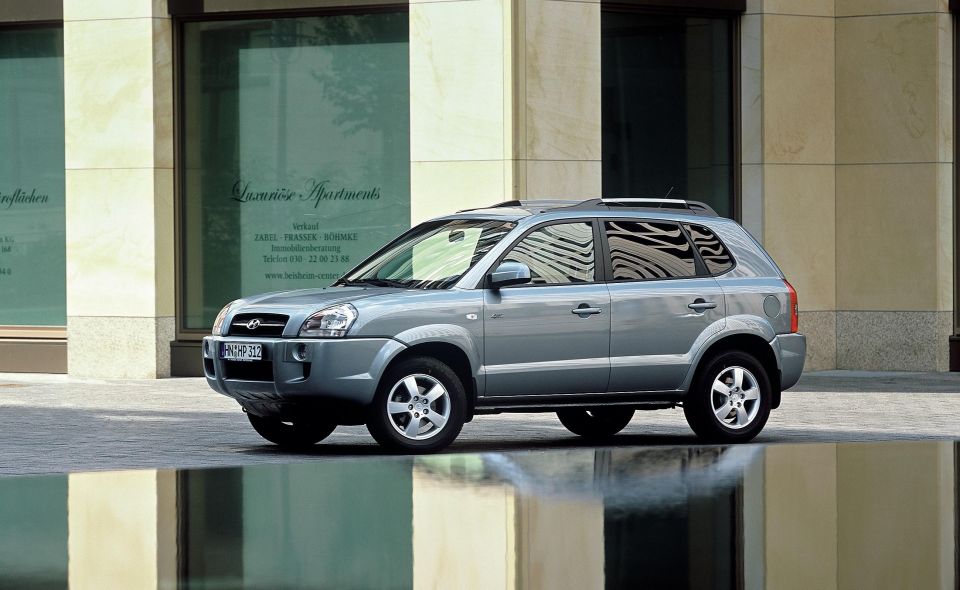
The outgoing Tucson’s flagship petrol engine is a 1.6-litre turbo four with 135kW of power and 265Nm of torque, mated to a seven-speed dual-clutch automatic and all-wheel drive. The Tucson doesn’t offer any more powerful petrol engines in other markets, despite its platform-mate the Kia Sportage offering a 180kW/350Nm turbo 2.0-litre elsewhere.
The new turbo 2.5-litre will be the largest engine under the bonnet of a Tucson since the first-generation model, which offered an optional 2.7-litre V6.
Unlike the contemporary Toyota RAV4 V6 which was a sleeper performance hero, the Tucson V6 mustered just 129kW of power and 241Nm of torque.
Take advantage of Australia's BIGGEST new car website to find a great deal on a Hyundai Tucson.
William Stopford is an automotive journalist based in Brisbane, Australia. William is a Business/Journalism graduate from the Queensland University of Technology who loves to travel, briefly lived in the US, and has a particular interest in the American car industry.


Scott Collie
1 Month Ago
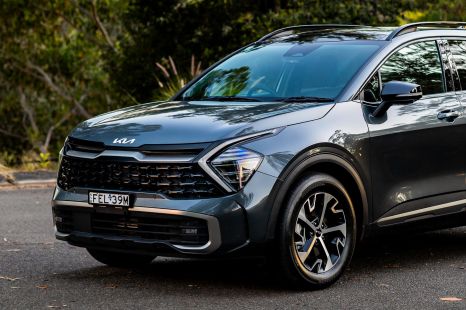

Matt Campbell
29 Days Ago
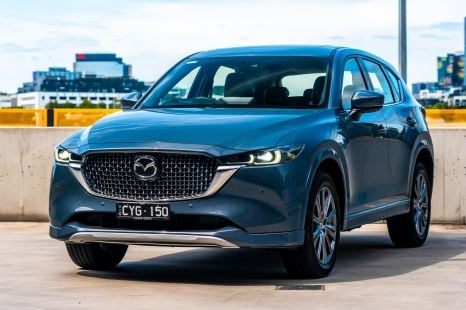

Max Davies
26 Days Ago
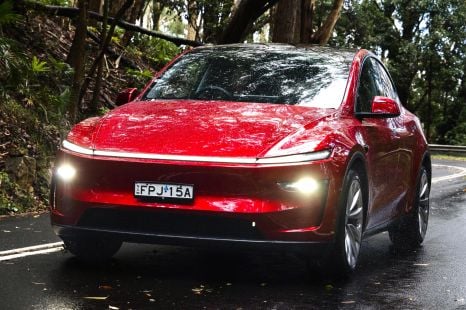

Max Davies
19 Days Ago


Derek Fung
8 Days Ago
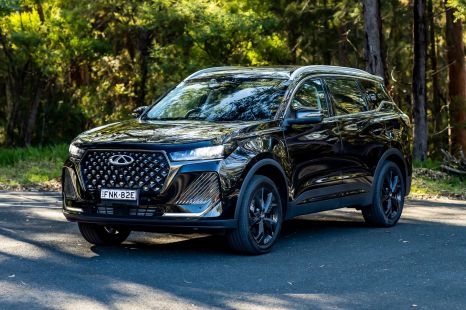

Matt Campbell
6 Days Ago